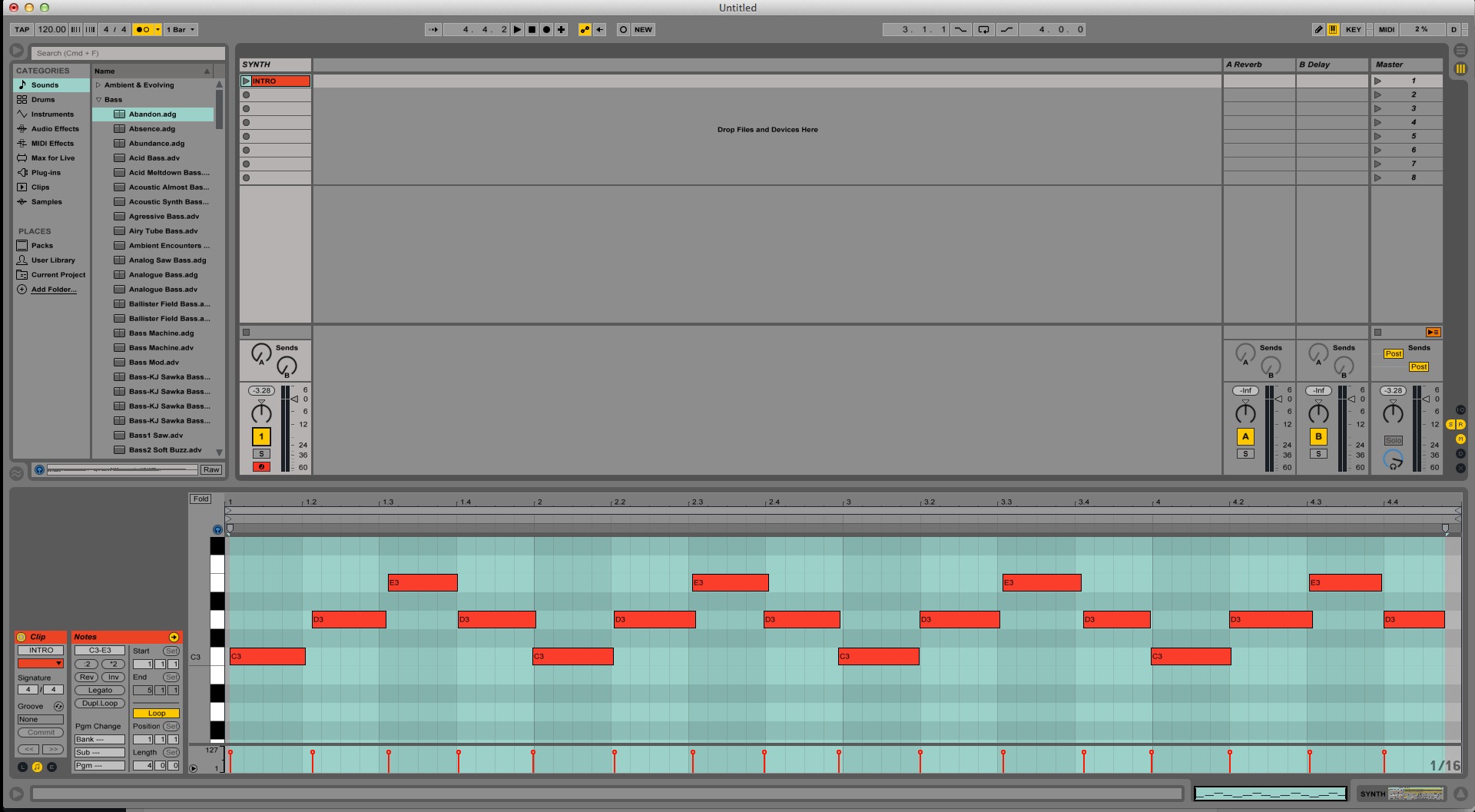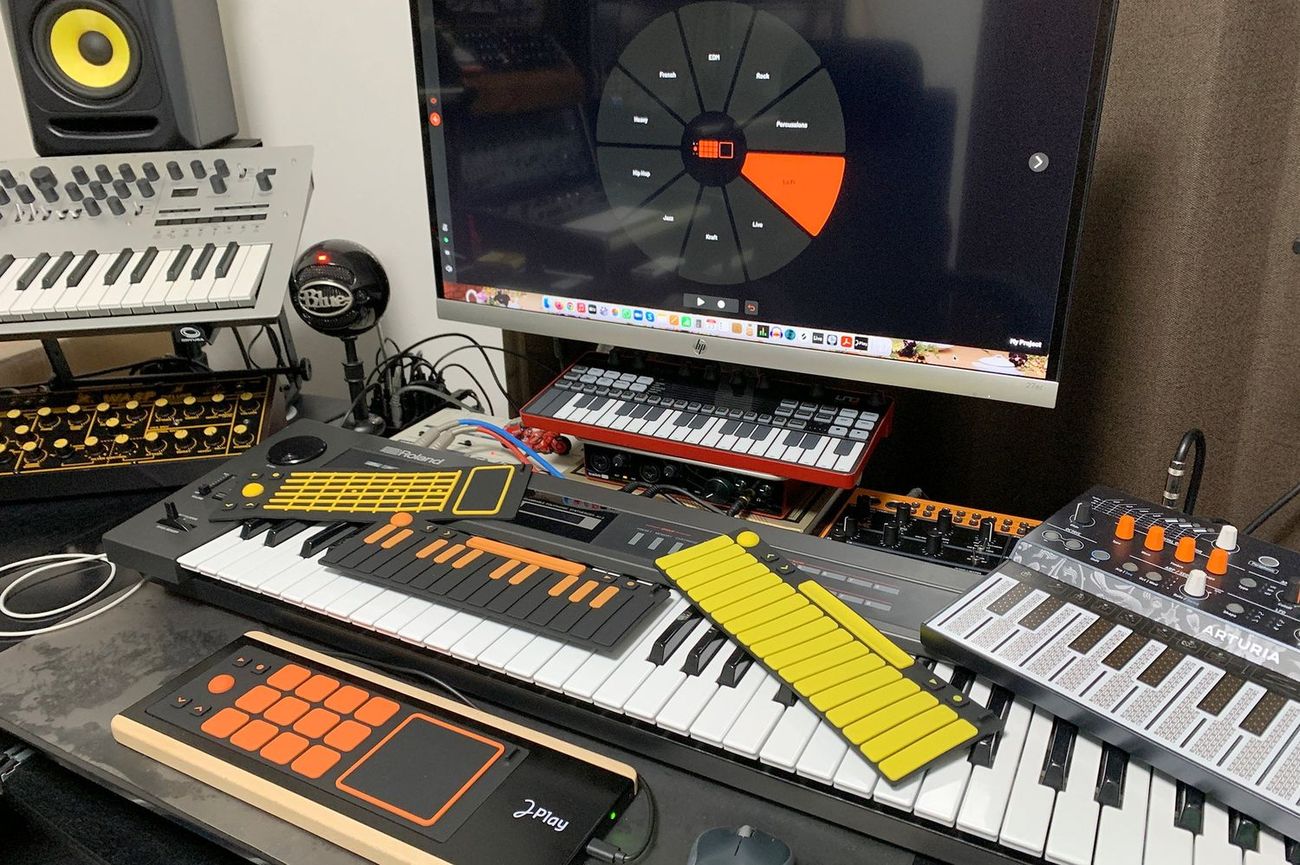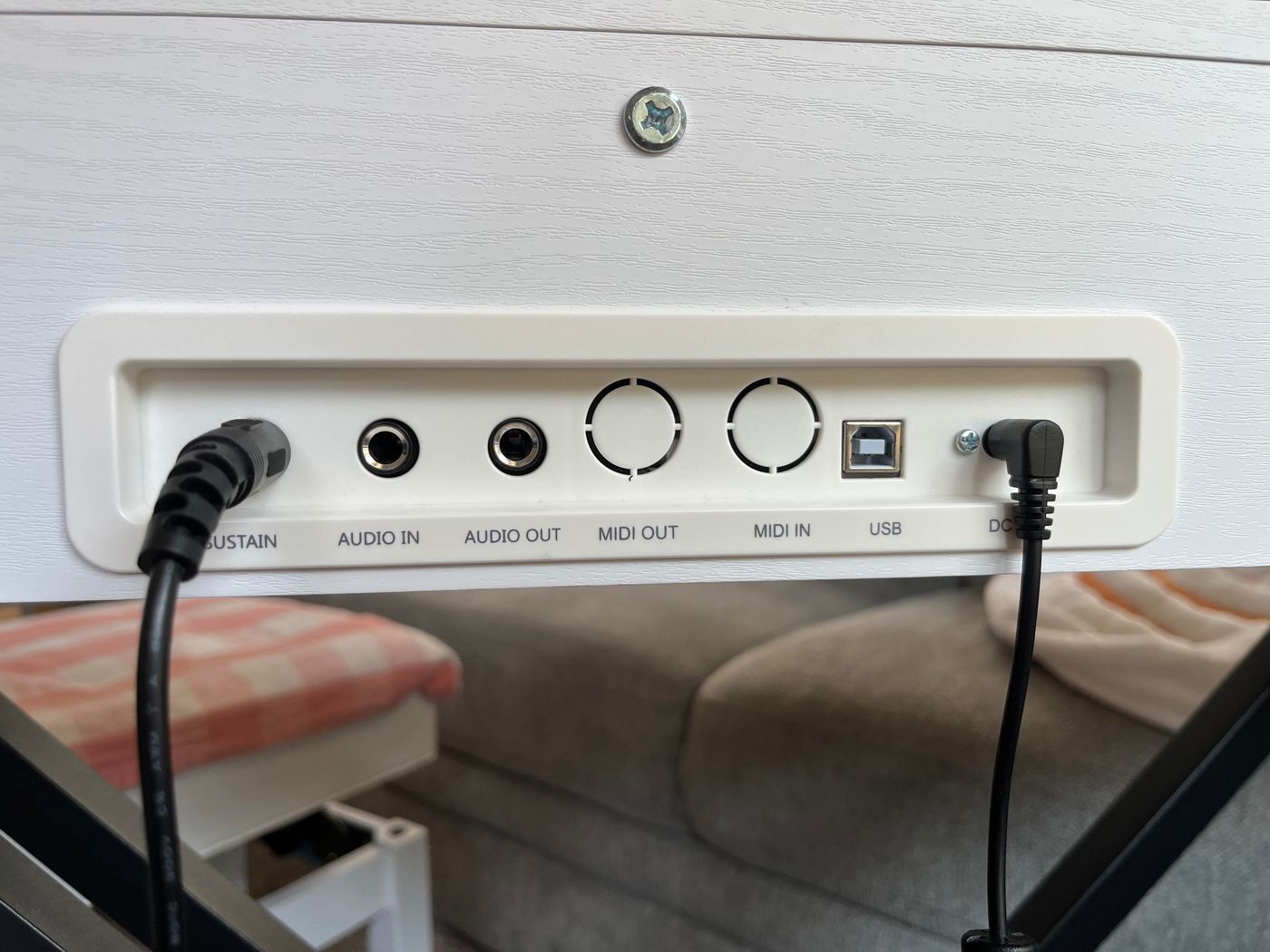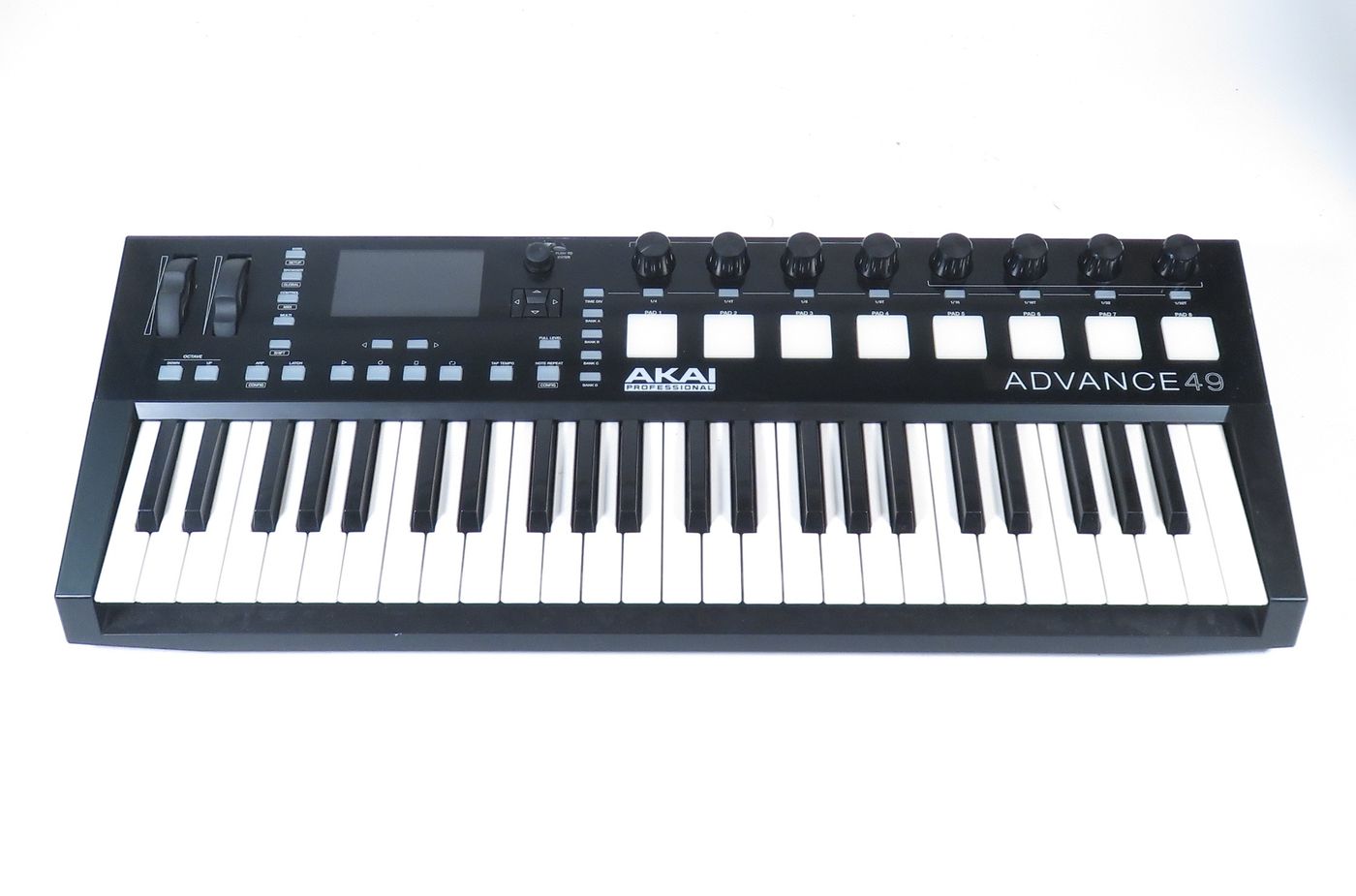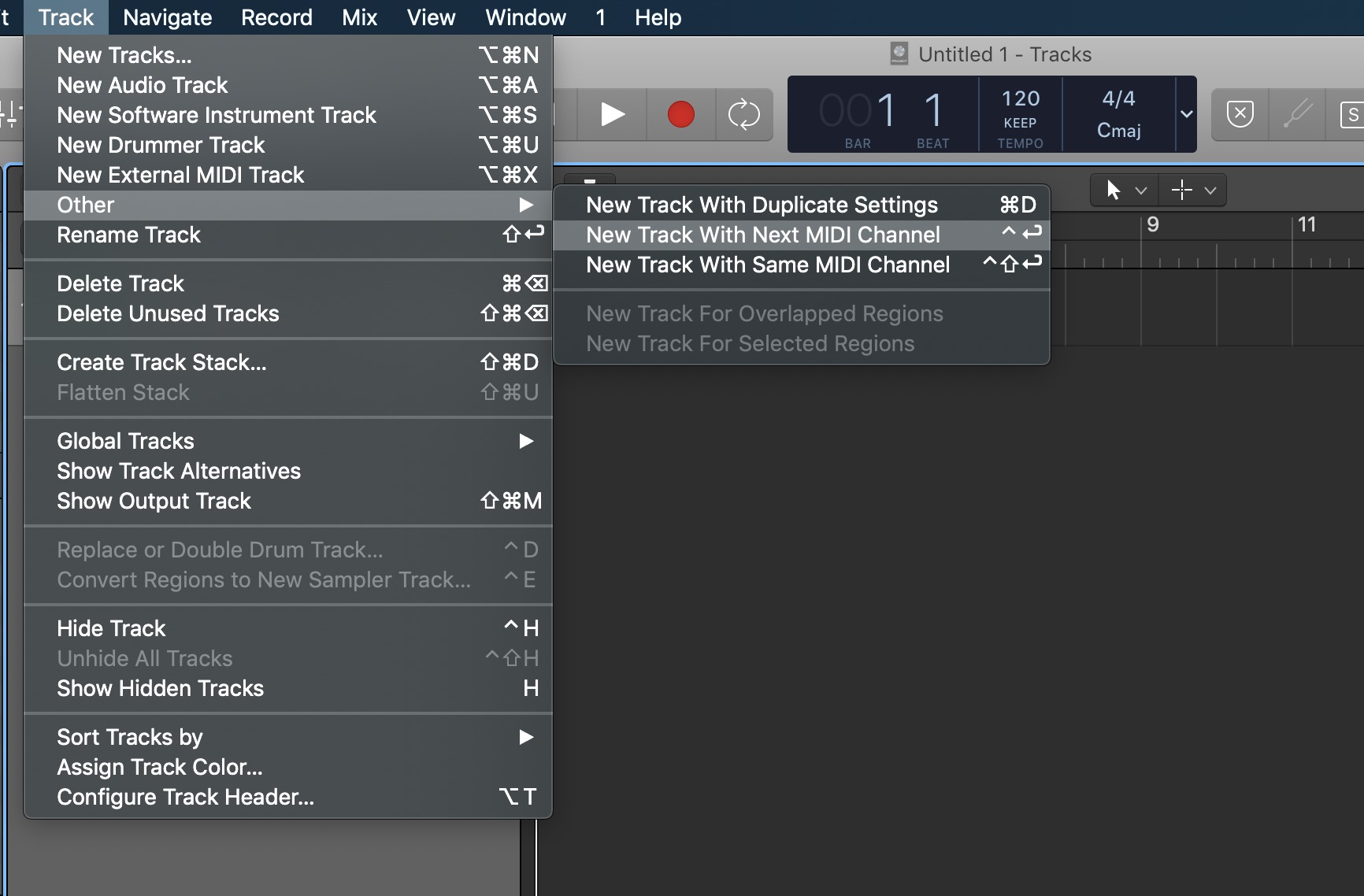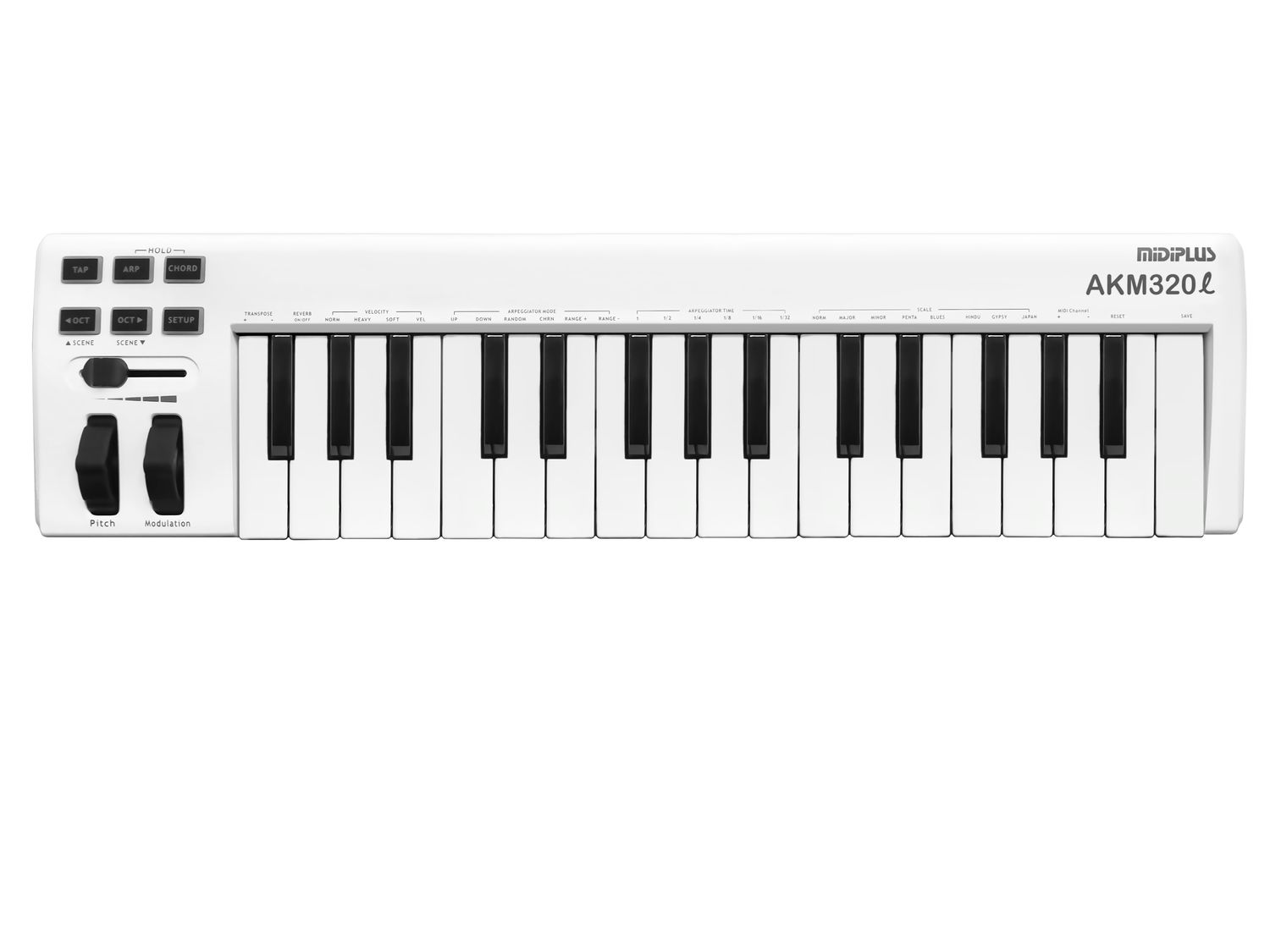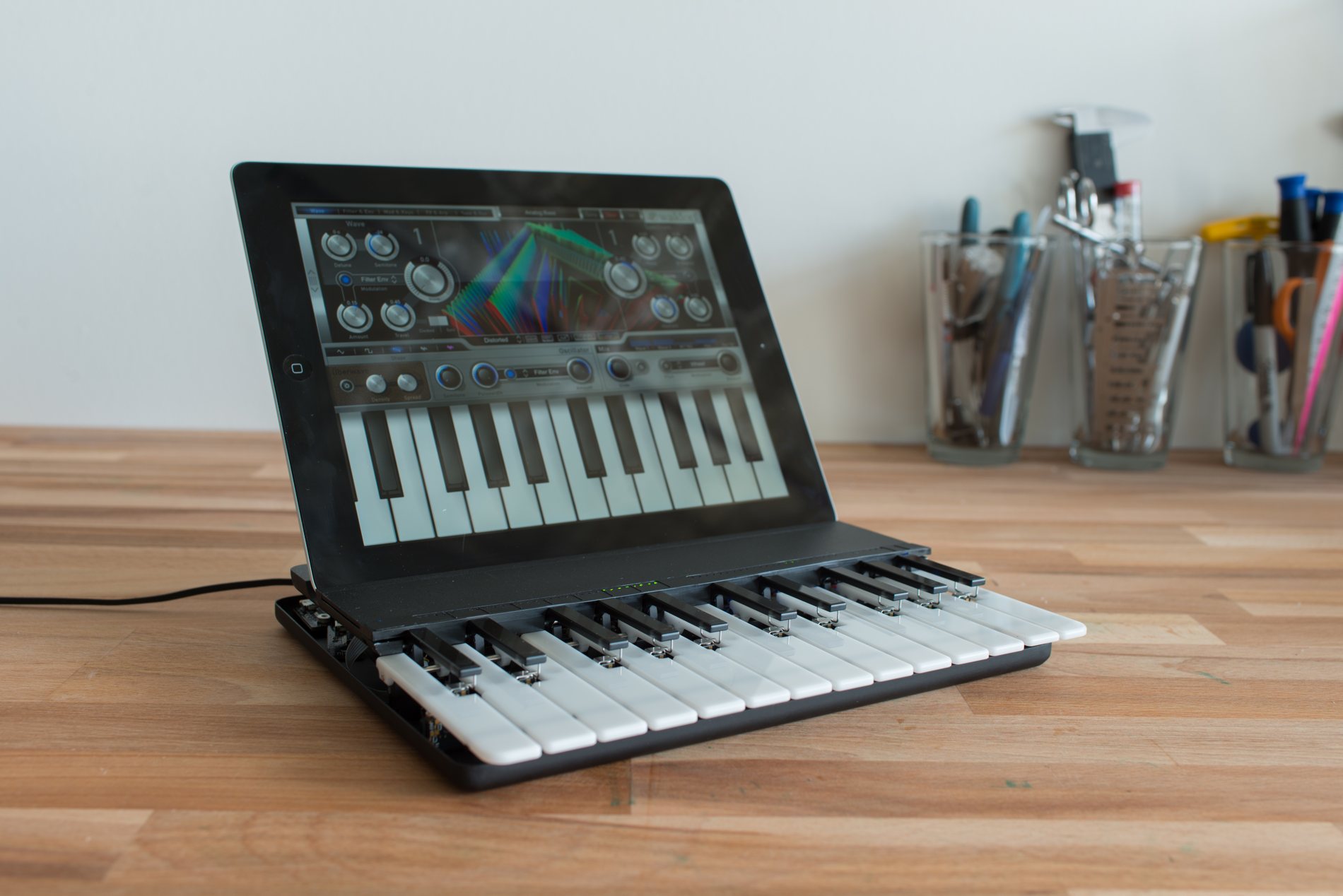Home>Production & Technology>MIDI>What Is MIDI Track


MIDI
What Is MIDI Track
Published: February 22, 2024
Learn all about MIDI tracks, their uses, and how they work in music production. Discover the power and versatility of MIDI technology.
(Many of the links in this article redirect to a specific reviewed product. Your purchase of these products through affiliate links helps to generate commission for AudioLover.com, at no extra cost. Learn more)
Table of Contents
Introduction
In the realm of music production and digital composition, the term "MIDI track" holds significant importance. It serves as a fundamental building block in the creation of electronic music and the manipulation of digital instruments. Understanding the concept of MIDI tracks is crucial for both aspiring and seasoned music producers, as it forms the backbone of electronic music composition and production.
MIDI, which stands for Musical Instrument Digital Interface, revolutionized the music industry by enabling electronic instruments, computers, and other devices to communicate and synchronize with each other. MIDI tracks, a core element of MIDI technology, play a pivotal role in the creation, manipulation, and playback of musical sequences.
As we delve into the intricacies of MIDI tracks, it becomes evident that they are not merely static recordings of audio, but rather dynamic sets of instructions that control various parameters of sound generation. This distinction is crucial, as it sets MIDI tracks apart from traditional audio tracks, which capture and reproduce sound in a fixed format. MIDI tracks, on the other hand, contain data that dictates the pitch, duration, velocity, and other musical attributes, allowing for extensive manipulation and editing.
The significance of MIDI tracks extends beyond their role in music production; they also serve as a bridge between hardware and software components in the realm of electronic music. By harnessing the power of MIDI tracks, musicians and producers can seamlessly integrate a diverse array of digital instruments, synthesizers, and software plugins into their creative workflows. This flexibility empowers artists to craft intricate compositions, experiment with diverse sounds, and push the boundaries of musical expression.
In essence, the world of MIDI tracks embodies a fusion of technology and artistry, offering a platform for boundless creativity and innovation. As we unravel the layers of MIDI tracks, we gain insight into their multifaceted nature and their indispensable role in shaping the landscape of modern music production. With this foundation laid, we embark on a journey to explore the intricacies and applications of MIDI tracks in the realm of music creation and production.
Definition of MIDI Track
A MIDI track, within the context of music production and digital composition, represents a set of instructions that govern the generation and manipulation of musical data. Unlike traditional audio tracks, which capture and reproduce sound in a fixed format, MIDI tracks contain a series of commands that control various aspects of musical performance. These commands encompass a wide range of parameters, including note pitch, duration, velocity, and modulation, allowing for extensive control and manipulation of musical elements.
At its core, a MIDI track serves as a conduit for transmitting musical information between electronic instruments, software applications, and hardware devices. This transmission occurs in the form of MIDI messages, which convey specific instructions related to musical performance. These messages can encompass note-on and note-off commands, pitch bend information, control change data, and various other parameters that shape the sonic characteristics of the music.
One of the defining features of MIDI tracks is their inherent flexibility and editability. Unlike audio recordings, which are fixed in nature, MIDI tracks offer the ability to modify and refine musical elements with precision. This includes adjusting note timings, altering pitch values, manipulating velocity levels, and implementing intricate musical articulations. Such granular control over musical data empowers composers and producers to craft nuanced and expressive performances, transcending the limitations of traditional audio recordings.
Furthermore, MIDI tracks facilitate seamless integration and synchronization between diverse musical components, ranging from electronic keyboards and drum machines to software synthesizers and digital audio workstations (DAWs). This interoperability enables musicians and producers to orchestrate complex arrangements, layer diverse sounds, and experiment with innovative sonic textures. Additionally, MIDI tracks serve as a conduit for real-time performance control, allowing artists to modulate parameters such as volume, panning, and timbre during live musical presentations.
In summary, a MIDI track embodies a dynamic set of instructions that govern the creation, manipulation, and playback of musical sequences. Its role extends beyond conventional audio recordings, offering a realm of creative possibilities and technical intricacies. As we delve deeper into the components and applications of MIDI tracks, we unravel the intricate tapestry of musical expression and technological innovation that defines this fundamental element of modern music production.
Components of a MIDI Track
A MIDI track comprises several essential components that collectively govern the generation, manipulation, and playback of musical data. Understanding these components is crucial for comprehending the intricate workings of MIDI tracks and their pivotal role in music production.
-
MIDI Messages: At the core of a MIDI track lie MIDI messages, which serve as the fundamental building blocks of musical instruction. These messages encompass a diverse array of commands, including note-on and note-off messages, pitch bend data, control change information, and program change instructions. Each MIDI message carries specific directives related to musical performance, allowing for precise control over various sonic parameters.
-
Note Data: Within a MIDI track, note data plays a central role in defining the pitch, duration, and velocity of individual musical notes. This data is represented in MIDI messages, specifying the onset and release of notes, their pitch values, and the intensity of their playback. By manipulating note data, composers and producers can craft intricate melodies, dynamic rhythms, and expressive musical passages with unparalleled precision.
-
Control Change Information: MIDI tracks incorporate control change messages, which enable real-time modulation of musical parameters. These messages facilitate adjustments to elements such as volume, panning, modulation depth, and other sonic attributes, offering a platform for dynamic performance control and sonic manipulation.
-
Program Change Commands: Program change messages within MIDI tracks allow for the selection and switching of instrument sounds and presets. By leveraging program change commands, musicians and producers can seamlessly transition between different virtual instruments, synthesizer patches, and sound configurations, enriching the sonic palette of their compositions.
-
Channel Assignment: MIDI tracks are often associated with specific MIDI channels, which dictate the routing of MIDI messages to individual instruments or sound sources. This channel assignment enables the simultaneous control of multiple instruments within a composition, fostering intricate layering, orchestration, and sonic exploration.
-
Tempo and Time Signature Data: MIDI tracks encapsulate tempo and time signature information, delineating the rhythmic framework of musical compositions. This data governs the speed of playback and provides a rhythmic reference for synchronized performance across diverse musical elements.
-
Synchronization Commands: MIDI tracks facilitate synchronization between various devices and software applications, allowing for seamless integration of electronic instruments, digital audio workstations, and external hardware components. Synchronization commands enable precise alignment and coordination of musical events, fostering cohesive and harmonized performances.
In essence, the components of a MIDI track form a rich tapestry of musical instruction and sonic control, empowering composers and producers to sculpt intricate compositions, experiment with diverse sounds, and unleash boundless creativity within the realm of music production. By unraveling the intricacies of these components, we gain insight into the multifaceted nature of MIDI tracks and their indispensable role in shaping the sonic landscape of modern music.
MIDI Track in Music Production
MIDI tracks are integral to the process of music production, wielding a profound influence on the creation, manipulation, and realization of musical compositions. Within the dynamic realm of music production, MIDI tracks serve as versatile tools that empower composers, producers, and musicians to craft intricate sonic landscapes, experiment with diverse sounds, and orchestrate compelling musical arrangements.
In the context of music production, MIDI tracks offer a canvas for boundless creativity and technical precision. Composers and producers harness the power of MIDI tracks to articulate musical ideas, sculpt expressive performances, and explore a myriad of sonic possibilities. By leveraging MIDI tracks, artists can seamlessly integrate virtual instruments, software synthesizers, and digital audio workstations (DAWs) into their creative workflows, transcending the limitations of traditional instrumentation and expanding the sonic palette at their disposal.
One of the defining attributes of MIDI tracks in music production is their inherent editability and flexibility. Unlike static audio recordings, MIDI tracks enable composers and producers to refine and manipulate musical elements with unparalleled precision. This includes adjusting note timings, fine-tuning pitch values, modulating velocity levels, and implementing intricate musical articulations. Such granular control over musical data empowers artists to infuse their compositions with nuance, emotion, and expressive depth, transcending the constraints of traditional audio recordings.
Furthermore, MIDI tracks facilitate the realization of complex musical arrangements and orchestrations. By leveraging MIDI tracks, composers can layer diverse instrumental textures, orchestrate intricate harmonies, and craft immersive sonic environments. This versatility enables the creation of symphonic compositions, electronic soundscapes, and genre-defying musical expressions, fostering a realm of creative exploration and sonic innovation.
In the realm of music production, MIDI tracks also serve as conduits for real-time performance control and manipulation. Musicians can leverage MIDI tracks to modulate parameters such as volume, panning, and timbre during live presentations, infusing their performances with dynamic expression and sonic diversity. This real-time interactivity empowers artists to engage with their music on a visceral level, fostering captivating and immersive musical experiences for audiences.
In essence, MIDI tracks form the backbone of music production, offering a gateway to boundless creativity, technical precision, and sonic exploration. As composers and producers navigate the intricate landscape of music production, MIDI tracks emerge as indispensable tools for shaping the sonic tapestry of modern music, transcending boundaries and ushering in a new era of musical innovation and expression.
Conclusion
In conclusion, the realm of MIDI tracks encompasses a rich tapestry of musical instruction, technical intricacies, and boundless creative potential. From their foundational role in music production to their influence on sonic innovation, MIDI tracks stand as pillars of modern music creation, offering a conduit for seamless integration, dynamic performance control, and expressive musical exploration.
As we navigate the multifaceted landscape of MIDI tracks, it becomes evident that they transcend the confines of traditional audio recordings, offering a realm of unparalleled editability, flexibility, and sonic manipulation. Composers and producers harness the power of MIDI tracks to sculpt intricate compositions, experiment with diverse sounds, and orchestrate compelling musical arrangements. This versatility empowers artists to transcend the limitations of traditional instrumentation, embracing a diverse array of virtual instruments, software synthesizers, and digital audio workstations (DAWs) within their creative workflows.
Furthermore, MIDI tracks serve as catalysts for sonic innovation, enabling the realization of complex musical arrangements, the exploration of diverse sonic textures, and the orchestration of immersive musical experiences. Their influence extends beyond the realm of music production, permeating live performances, electronic compositions, and experimental sonic landscapes. By leveraging MIDI tracks, musicians and producers push the boundaries of musical expression, crafting symphonic opuses, electronic soundscapes, and genre-defying compositions that redefine the sonic landscape.
In the ever-evolving landscape of music creation, MIDI tracks remain steadfast as conduits for boundless creativity, technical precision, and sonic exploration. They embody the fusion of artistry and technology, offering a platform for musical innovation and expressive depth. As we embrace the intricate world of MIDI tracks, we embark on a journey of sonic discovery, where the boundaries of musical expression are redefined, and the possibilities of creative exploration are limitless.

